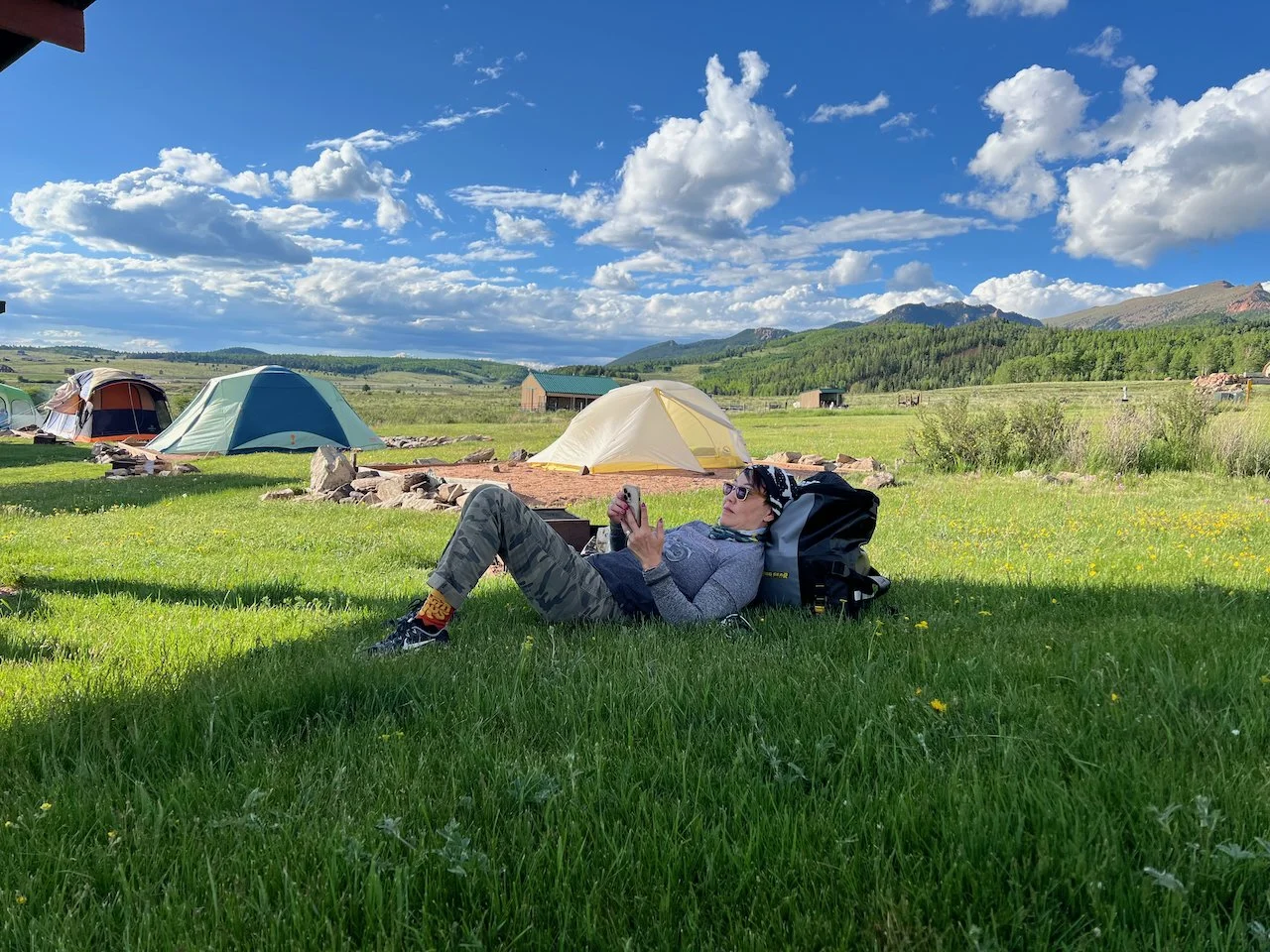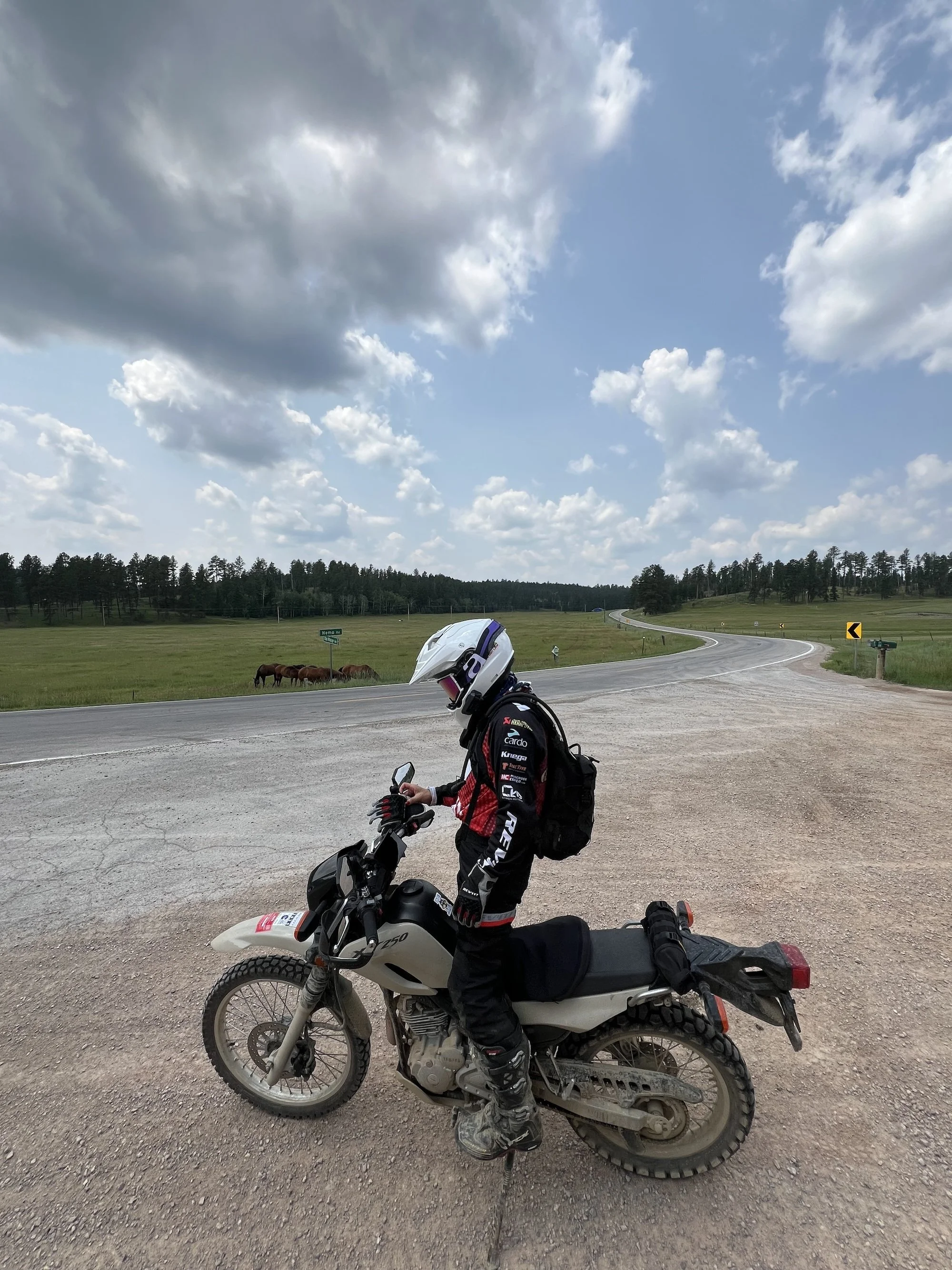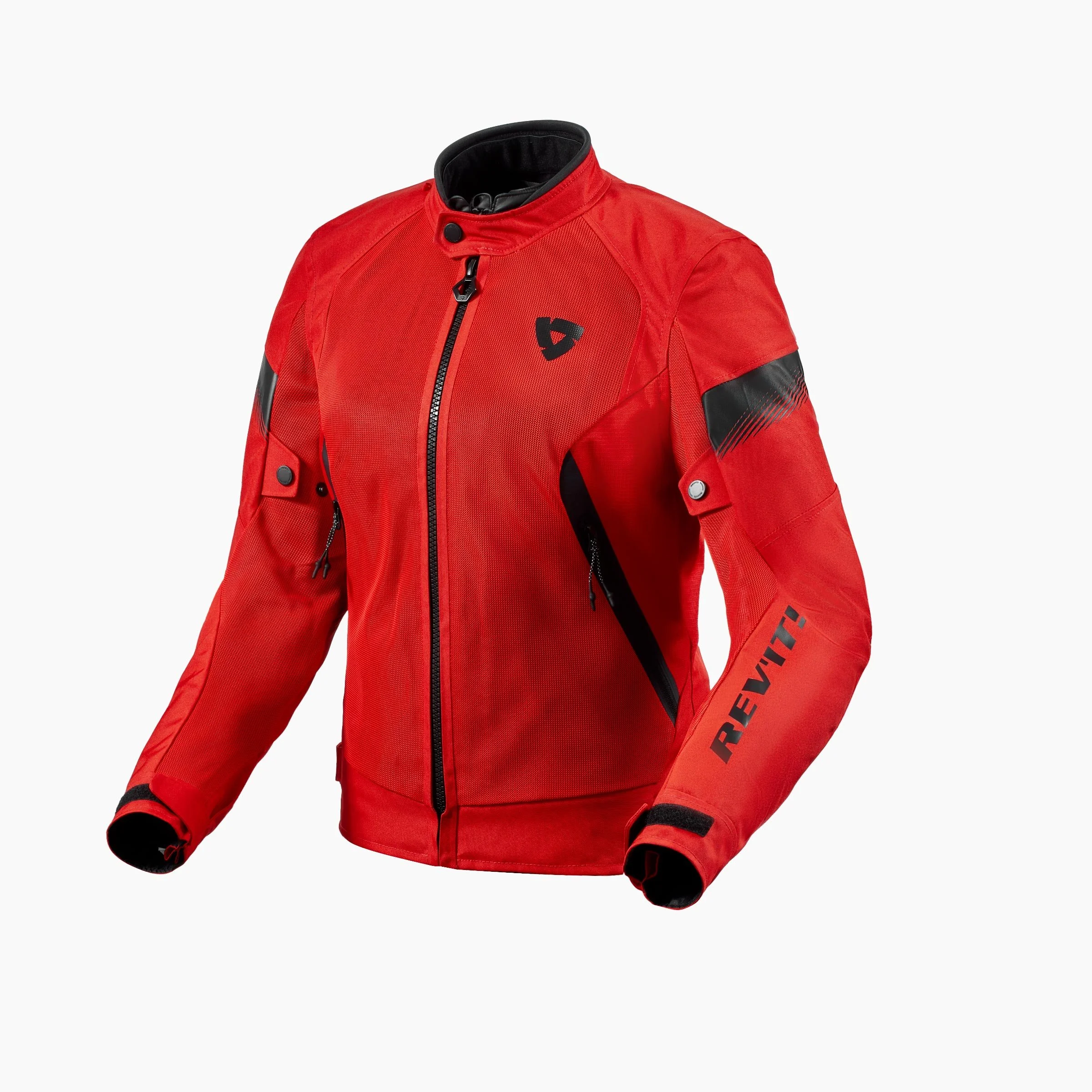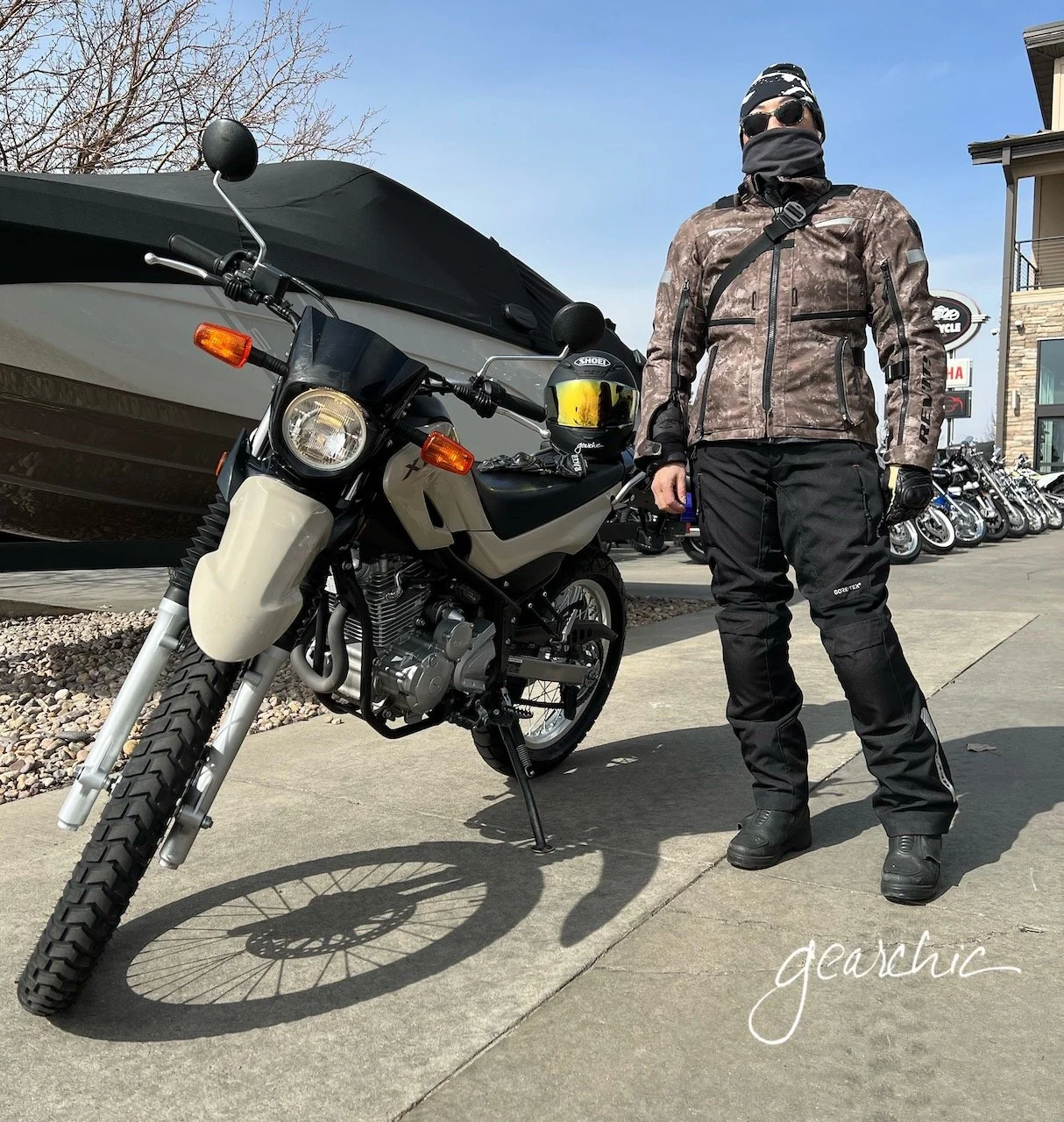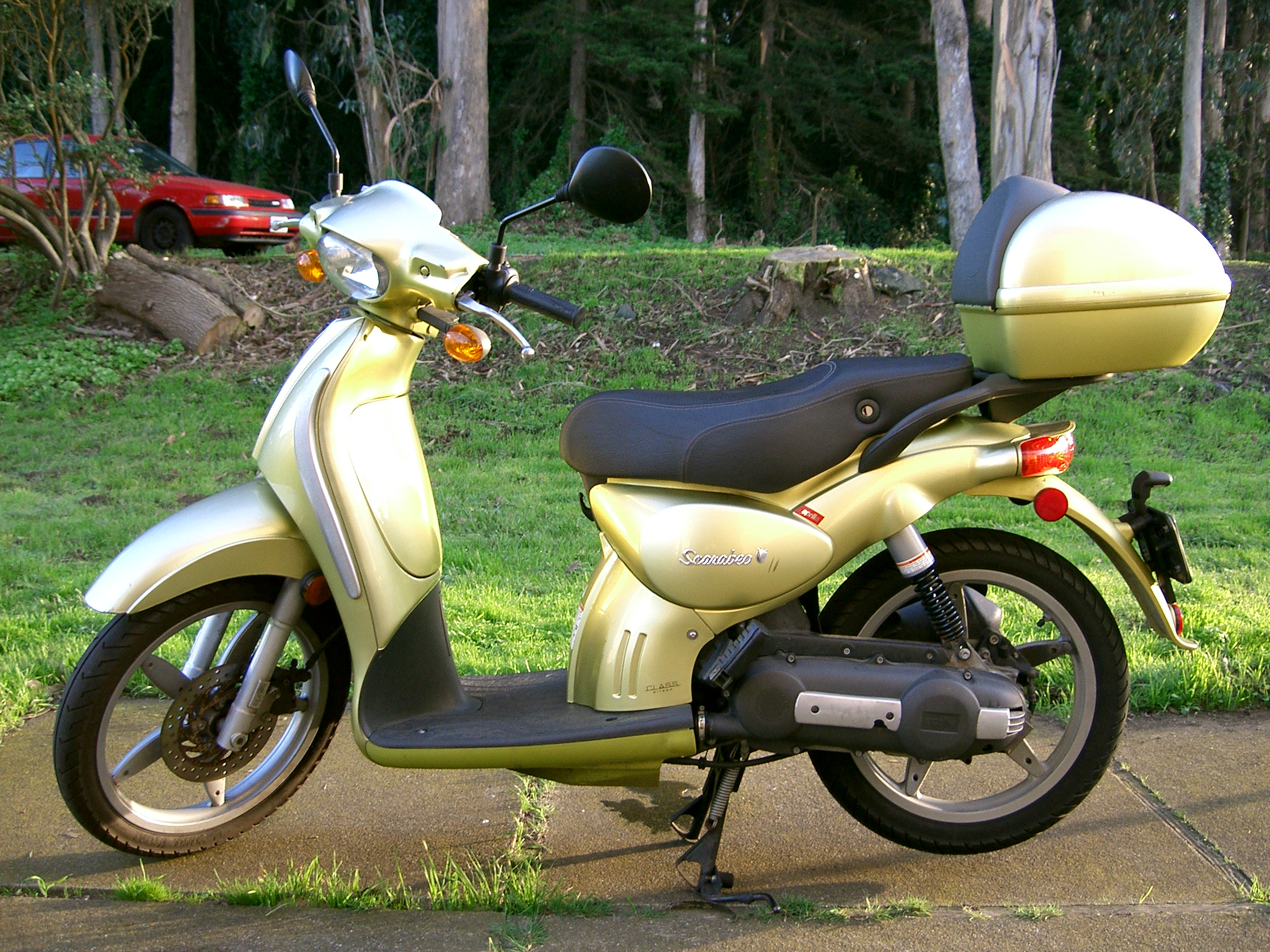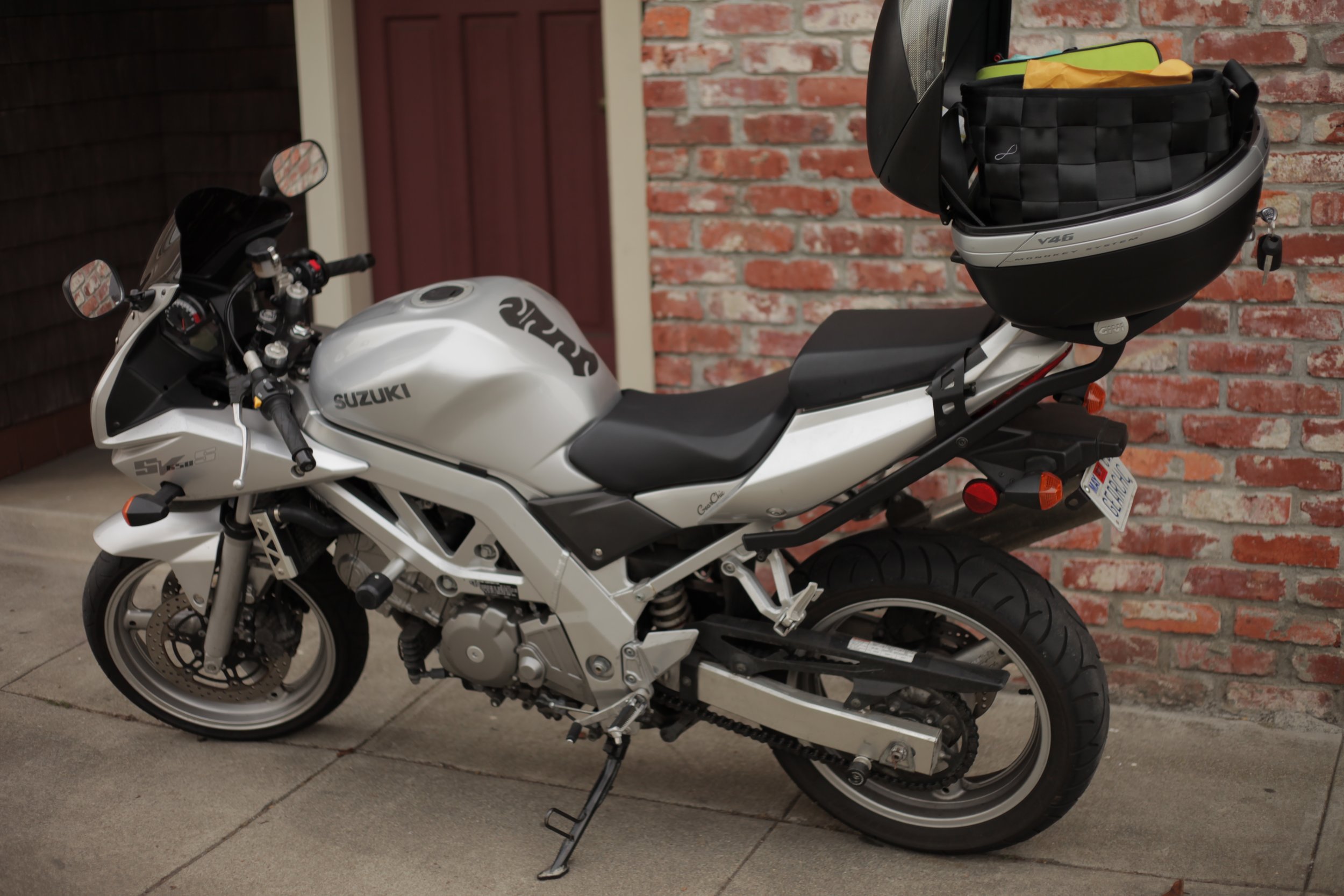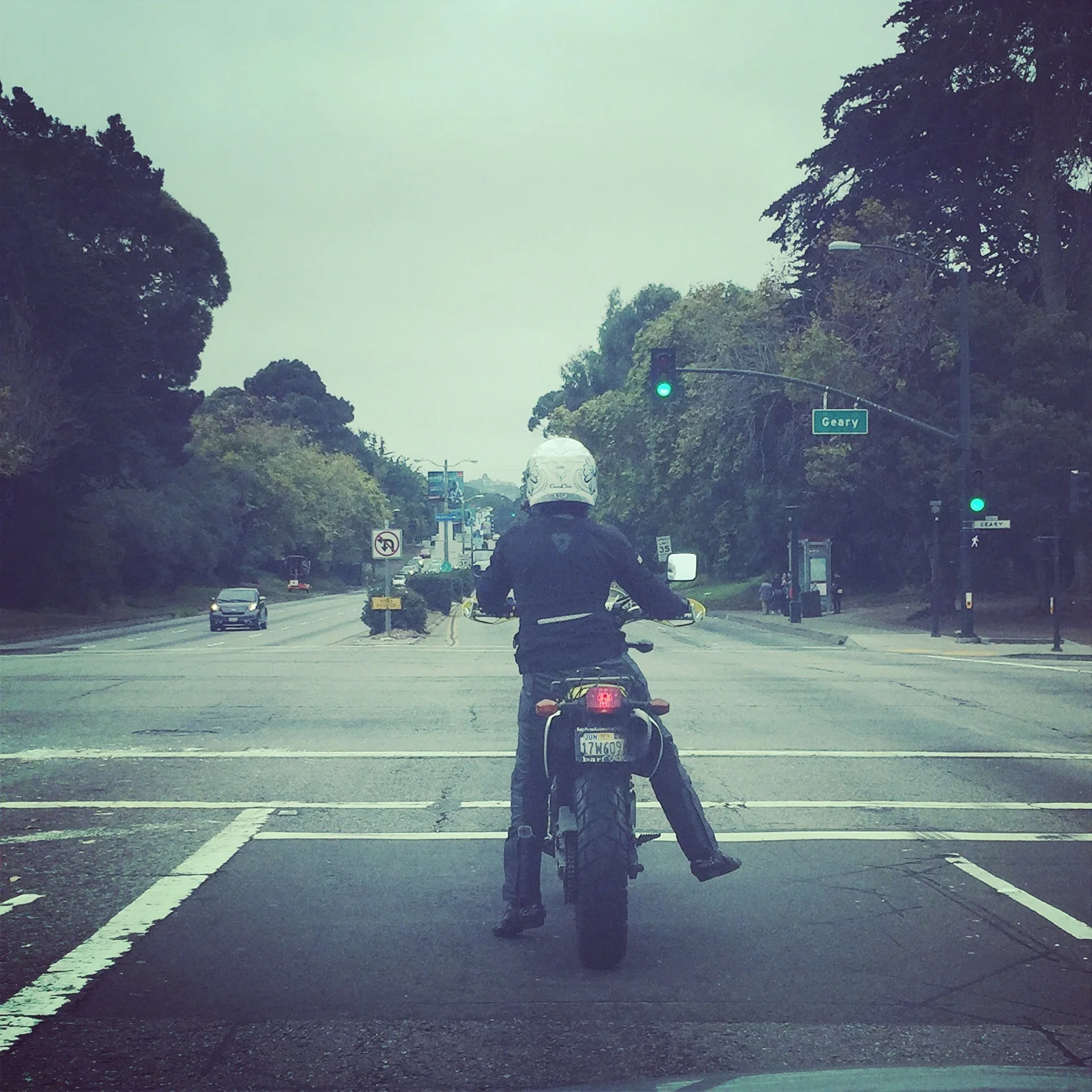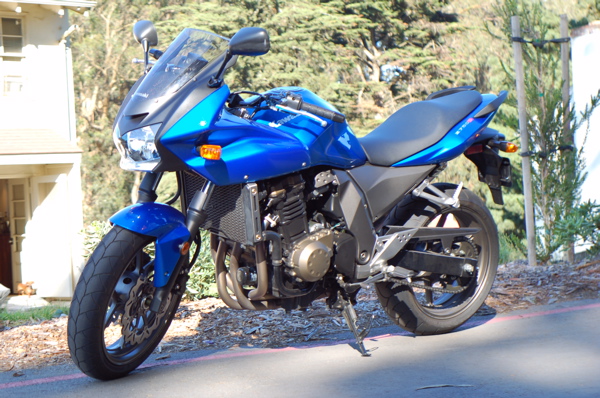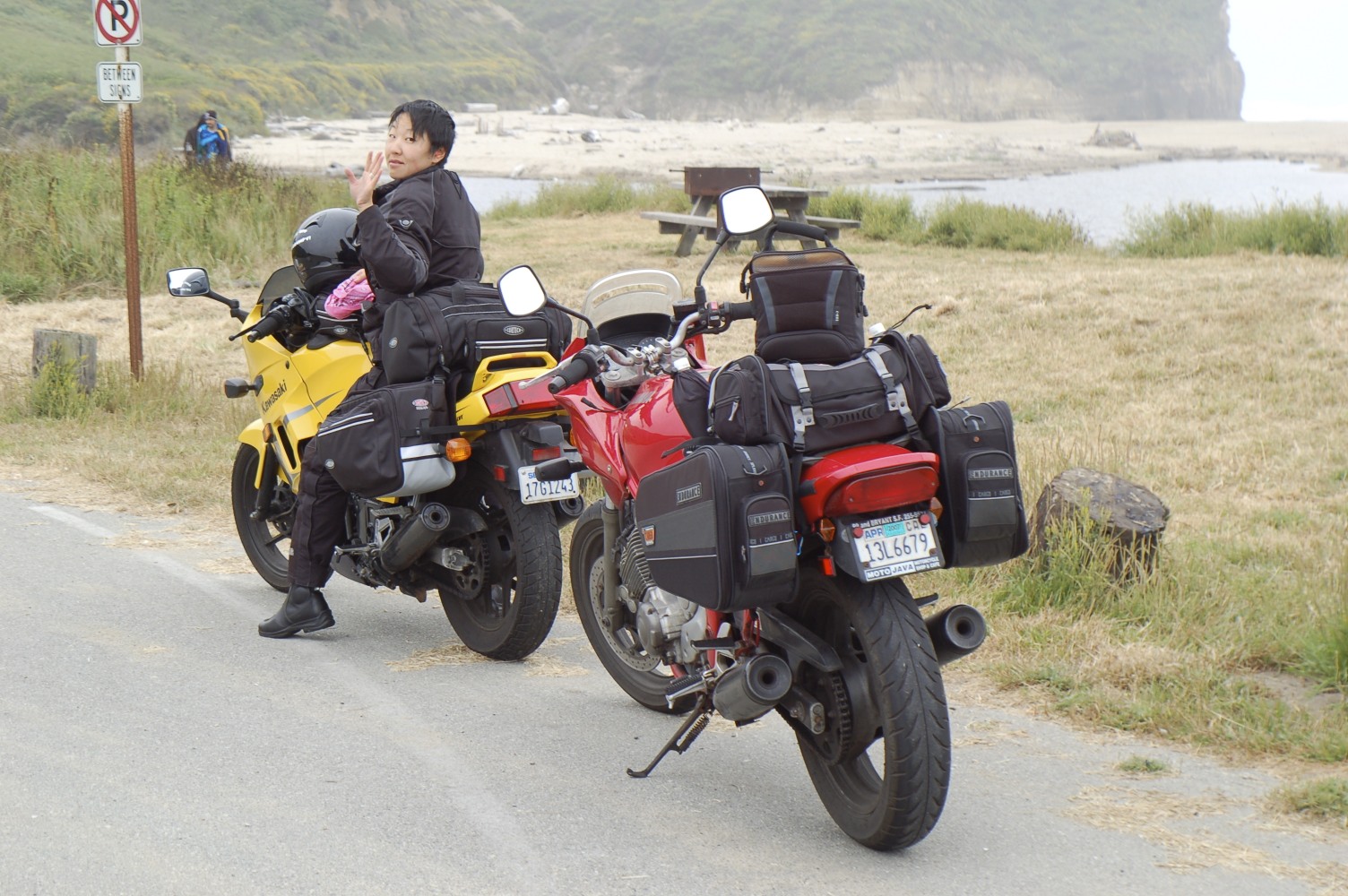I recently saw this post on Facebook from a gentleman by the name of Stuart Baker. He prefaced this post with the following text:
Since no magazine or website wants to publish this feature I've decided to forego my usual fee and publish it on here myself because I believe this woman deserves recognition for what she's achieving. Please share this post freely and perhaps, between us, we can reach a wider audience than a closed-minded magazine would anyway. -Stuart Barker
Since I totally agreed with him, I asked him if I could reproduce this article on my lowly website which makes absolutely no money but hopefully reaches a wide, female audience. I hope you enjoy his article as much as I did. GO ANA.
*********
August 8, 2018
First Lady Ana Carrasco
Words By: Stuart Barker, Photos By: Mdan Katana
She's 21-years-old, stands five-foot-one, and weighs eight stone, wringing wet. But don't let that fool you. Ana Carrasco is one tough little Spaniard. She's the first woman in the 100-years-plus history of the sport to lead a motorcycle road racing world championship. She was also the first woman to set pole position and the first to win a race and, with just two rounds remaining of the World Supersport 300 Championship, she has a healthy 16-point lead – against an entire field of men.
Oh, and she's also half way through a four-year law degree and trains six hours every day. Are you starting to feel a bit inadequate? You should be. Meet Ana Carrasco – the fastest female motorcycle racer of all time.
Women have not always been welcomed in the sport of motorcycle road racing. Original regulations laid down by the FIM (Federation Internationale de Motocyclisme) in the early days of racing dictated that competitors must be ‘male persons between 18 and 55 years of age.’ This ruling didn’t apply to Sidecar racing so in 1954 the intrepid German, Inge Stoll-Laforge, caused a sensation by entering the Isle of Man TT – the biggest motorcycle race in the world at the time. She finished in a highly credible 5th position but was tragically killed four years later in a crash at the Czech Grand Prix.
By 1962 the FIM had changed its rules and allowed women to race so Beryl Swain became the first female solo rider at the TT, finishing 22nd in the 50cc race before the FIM did an about-turn and banned women again in 1963.
Despite this historical backdrop of rampant sexism, a handful of brave, determined women have persisted in blazing a trail for female riders in one of the world’s most dangerous sports. Riders like Maria Costello have scored podiums at the Manx Grand Prix (the ‘amateur’ TT) and Carolynn Sells became the first woman to win a Manx in 2009 while Jenny Tinmouth (the fastest woman ever at the TT with an average lap speed of 119.94mph) recently became the first female rider to compete in the prestigious British Superbike Championship. Germany’s Katja Poensgen won the Supermono Championship in 1998 and women have even scored points in the Grand Prix world championships, the first being Taru Rinne with a seventh-place finish at Hockenheim in 1989. But while convalescing from a crash shortly afterwards, the Finn received a letter from Bernie Ecclestone (who, at the time had a heavy, but thankfully short-lived, involvement in motorcycle racing) informing her that she was ‘not qualified’ to compete the following season.
Clearly, nothing had changed. Despite occasional outstanding performances by women in the male-dominated sport of motorcycle racing, by the start of the 2017 season no female had won a world championship race - perhaps unsurprisingly given the additional barriers they faced.
But that all changed at Portimao in Portugal on Sunday, September 17, 2017 when a 20-year-old Spanish rider called Ana Carrasco came out on top in an epic drag race to the finish line in the World Supersport 300 Championship race. In doing so, she became the first woman in history to win a motorcycle road racing world championship race. And while the significance of the moment wasn’t exactly lost on Carrasco, she thinks like a racer first, and a woman second. ‘At the time I was not thinking about the significance of this’ she says.
‘I always just try to ride as hard as I can and try to achieve results – I don't think about being a woman. So, in that moment I was just happy because I'd won the race but after some days I start to realise what I had achieved. It's important that a woman can be fighting for the victory in the world championship because it's good for other girls to see that this is possible.’
After finishing the 2017 season in eighth place overall, Carrasco came out of the traps ready for a proper fight in 2018, setting pole position at Imola, winning the race, and taking the lead in the world championship. After another win at Donington Park in England, Carrasco now has a 16-point lead with just two rounds of the championship remaining. This makes her the first woman ever to lead a motorcycle racing world championship.
Ana, Kicking Ass and Taking Names
It seems an incredibly young age for anyone – male of female – to be leading a world championship but Carrasco was practically born into the saddle.
‘I started riding when I was three years old because my family was always involved in the motorcycle world’ she says. ‘My father was a race mechanic since before I was born so when I was three I started riding my big sister's minimoto because she wasn't interested in it. So that was a good thing for me!’
Standing at just 5”1 and weighing eight stone-three (52kg) wringing wet, Carrasco cuts a diminutive figure in the racing paddock. Her slight frame would normally give her an advantage under acceleration but constantly-changing rules in the fledgling WSS300 championship (which is only in its second year) mean that even this advantage has been removed: because she is so light, Carrasco is forced to carry a weight penalty on her Kawasaki Ninja 400 race bike.
‘I now have to carry a 13kg weight penalty so I think it's actually worse to be small’ she says. ‘I have to move more kilos than the other riders through the corners and yet the overall weight of rider and bike is the same (because of the combined bike-and-rider minimum weight rule) so I don't have any advantage on acceleration.
‘The rules change every race so sometimes we have a good bike and sometimes no. It’s difficult for us to work like this because every Thursday of a race weekend they say “Okay, now you have to change this” or “Now you have to change that.” It’s difficult for the team and it’s also difficult for me to ride fast like this because every race I have a different bike. I hope for next year the rules will be more stable because I like to win, always, and with all these changes it’s not always possible to win. At the moment, Kawasaki is not always on the top because the rules are helping the Yamahas to be at the same level. But we just have to work within the rules Dorna gives us and finish the championship the best we can.’
Carrasco at least has a competitive bike and team for the 2018 season, which is something of a novelty after battling for years with uncompetitive and poorly-funded rides in various Spanish championships and even, for a few years, in the Moto3 World Championship that runs alongside MotoGP – the Formula 1 of motorcycle racing.
‘Yes, for me it's really good because in the past years I was struggling a lot because I wanted to be at the top but it was impossible with the bikes that I had. Now it is really good and I'm really happy with my team and with my bike and Kawasaki is helping me a lot so now I don't want to change my team because I feel so comfortable. I want to win, so I will stay in the place where I can fight for the victory.’
The World Supersport 300 Championship which Ana currently leads is a support series to the World Superbike Championship, meaning the young Spaniard has operated out of the two biggest paddocks in world motorcycle racing. So how do they compare in their attitudes towards women?
‘The people in the WSB paddock are more friendly and more relaxed’ Carrasco says. ‘You can speak with everybody. In the MotoGP paddock there's a lot more pressure so the riders have to always be thinking only about riding and they cannot do anything else. So, yes, the paddocks are different but I like both. I didn't notice any difference between the paddocks in their attitudes towards female riders. My job is the same and the people are good with me, always. But in the World Supersport 300 Championship it was more easy for me to find a good team and a good bike so that I can be fighting at the top. In the past it has been really difficult for me because I never had the equipment I needed to be fighting for the victory.’
Like every motorcycle racer, Ana Carrasco needs to have the mental capacity to accept the inherent dangers of her chosen sport and the ability to endure the pain caused by regular injuries. Although safety measures have improved radically over the last 30-odd years, people still die in this sport. Yet it’s clearly not a fact that Carrasco loses much sleep over.
'I broke my elbow in 2007 and I broke my collarbone in 2015 and also my shoulder. I’m okay with pain – I can handle it. I can ride with pain and don’t feel it so much. I’ve had some difficult injuries but I don’t worry too much about it. I know it’s a dangerous sport but many things are dangerous so we have to try and take part in all sports with as many safety measures as we can. We have to respect the dangers and just try to remain safe and do our job. For my mother it’s more difficult! I think this sport is difficult for all the mothers to watch!’
And before you think these are the words of a crazy and irresponsible young kid, consider this: when she’s not traveling the globe fighting for a world championship, Ana Carrasco is studying for a law degree. Half way through a four-year course, the girl from Cehegin in the Murcia region of south-east Spain must balance adrenalin with diligence and solitude in equal measure.
‘It’s difficult to do both things because I spend so much time away from home but now I’m in a sports university where many Olympic athletes study so they give me the possibility to change the dates of my exams if I am racing. So I try to work out my study and exams calendar according to the racing calendar. It’s a four-year course and I am in my second year now. I don’t know for sure if I will be a lawyer after racing but this is my Plan B! I want to be a racer and be riding for many years but, if not, then at least I have another plan to be a normal person and to have a job and a family and everything.’
Perhaps even more impressive – and certainly testimony to her determination and will to win – Carrasco also maintains a brutal training regime that would qualify as a full-time job in itself.
‘I train around six hours every day’ she says. ‘I go to the gym for about three or four hours and then ride dirt bikes for another few hours.’
It’s this kind of commitment that sees Carrasco regularly beating an entire field full of men and her reward is the sheer satisfaction that generates.
‘Yes, for me it’s good!’ she laughs. ‘This is a motivation to show the people that women can do the same. This is what I want – I want to win in a world championship so I can show that I can beat the best riders in the world in that class. So, I want to be always better and better and better and to arrive at the top.’
It’s perhaps not easy for every male psyche to handle being beaten by a woman (in the past, they’ve also had to accept Carrasco’s own take on the brolly dolly – she had her own umbrella fella on the grid!) especially in a sport that has for so long been male-dominated. So how do her rivals treat her? Does she get the respect she deserves or does she get shunned by bitter, defeated rivals? ‘For sure they respect me because if you are fast, everybody respects you! I’ve shown them that I can win races and fight for the championship so I think everybody respects me now.’
Testosterone is not always a man’s best friend. Often it can lead to rash decisions out on track and crazy do-or-die lunges that have little chance of working and every chance of ending in crashes and broken bones. In the sport, this kind of aggression is known as ‘red mist’ and it’s the one area where Carrasco thinks female riders may actually have a slight advantage over the men.
‘Sometimes it helps to be a woman, yes. Women think more when they are on the bike! The men are more brave but they sometimes make dangerous moves without thinking and sometimes this is not so good! I think in my case I have a slight advantage here because I always stay calm and think a lot about what I have to do out on the race track.’
Female motorcycle racers are no longer a complete novelty but they’re still very much in the minority (there are none at all, for example, in the world’s two biggest motorcycle championships – MotoGP and World Superbikes) although Carrasco believes it’s getting easier for women to be involved.
‘Every year it gets a bit more easy. It's difficult for a young female rider to see how they can arrive in a world championship if they never see any other girls doing it. So if you are the first girl to do it then it's more difficult but once you can see that other girls are doing it then you can think “Why not? Why can't I do the same?” So, for the girls, it's important that I'm doing a good job in the world championship.
‘I think women can do the same as men in this sport. We are all just riders and we can all do the same thing. But it’s more difficult for women to find a good opportunity – a good team and a good bike. It’s more difficult for people to believe that we can win so we have many problems in getting access to competitive equipment to be fighting at the top. In this sport, if you do not have a good bike then you cannot fight to win.’
As to the future, Carrasco already has some options on the table due to her incredible performances this year. But for now, she’s concentrating on the job in hand.
‘I want to continue with Kawasaki because I am very happy with them and they are supporting me to be at the top. I would also like to continue with my team. But it will depend on what we achieve this year. I have some offers from the Moto3 World Championship and also from World Supersport 600 and World Supersport 300 teams. At the moment, I don’t know. I think around September time we will start to look more closely at next year but at the moment I just want to think about the championship.’
There are two rounds remaining of the World Supersport 300 Championship – at Portimao, Portugal, on September 16, and at Magny-Cours, France, on September 30. Carrasco has a healthy 16-point lead over Germany’s Luca Grunwald but with 25 points available for each race win, it’s still all to play for. One crash or mechanical breakdown could change everything, but Carrasco is confident.
‘We have a good opportunity, we are in a good position in the championship, so I want to try to win at Portimao because I like this place. The circuit is good for me, so I would like to finish on the podium and win the championship there. But if not, then we will wait and try again in Magny-Cours. For sure we have a good opportunity and we are in the best position to win the championship.’
The sport of motorcycle road racing has been around for well over 100 years but no woman has ever come this close to lifting a world title.
So what would it mean to the petite, highly intelligent, and multi-lingual Spaniard if she could put an end to all that and finally prove beyond all doubt that women have a genuine place in motorcycle racing?
‘For me it would be a dream come true because, for my whole life, my dream is to be world champion and this year I have the opportunity so I want to give my best to try to win.’
*****
I hope you enjoyed her interview as much as I did. Please take a minute and visit her social feeds to support her and share this story with everyone you know!
https://www.facebook.com/anacarrasco22/

